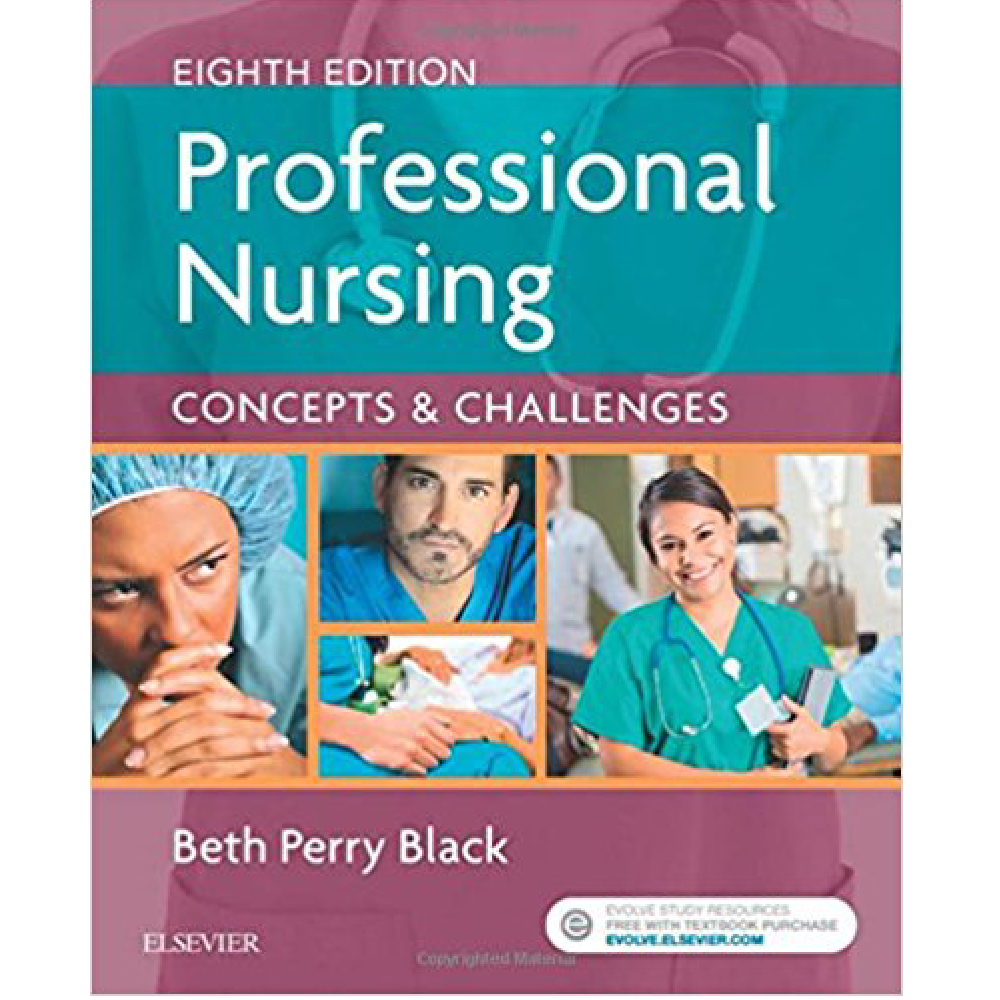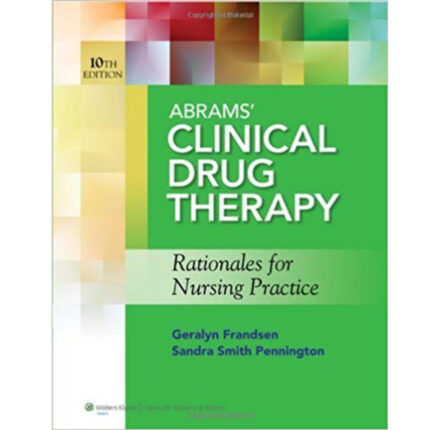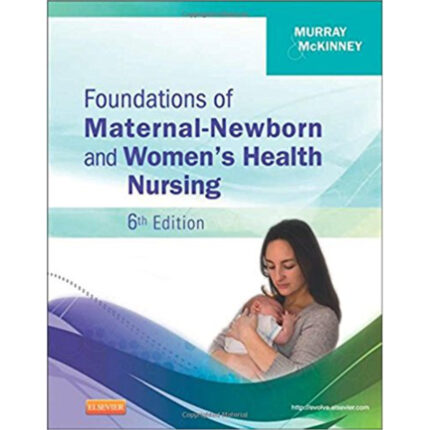Professional Nursing Concepts & Challenges, 8th Edition By Beth Black – Test Bank
Chapter 11: Developing Nursing Judgment Through Critical Thinking
Black: Professional Nursing: Concepts & Challenges, 8th Edition
MULTIPLE CHOICE
1. Critical thinking in nursing needs to include which of the following important variables?
a. Consideration of ethics and responsible decision making
b. Ability to act quickly, often on impulse
c. Ability to determine the best nursing interventions regardless of patient’s values and beliefs
d. Flexible thinking that rarely follows a pattern or considers standards
ANS: A
Feedback
A Critical thinking in nursing is based on ethics and standards of the profession.
B Critical thinking is consciously developed, complex, and purposeful, never impulsive.
C Critical thinking and decision making are based on patient’s values and beliefs.
D Critical thinking is based on a decision-making model and nursing standards.
DIF: Cognitive Level: Comprehension REF: Page 216
2. A nursing student asks a faculty member how to improve critical thinking. Which response by the faculty is best?
a. “Don’t worry too much; it will come with time and experience.”
b. Pay close attention to how you solve problems; assess your own style of thinking.”
c. “Spend time shadowing an experienced nurse to see how it is done.”
d. “Use ethical standards to guide how you approach patient situations.”
ANS: B
Feedback
A Although time and experience are important in developing critical thinking, people actually must actively consider how they think in order to improve critical thinking.
B Making thinking a focus of concern and actively thinking about it is the best advise the faculty can give.
C While observing an experienced nurse may be helpful, the student needs to be an active participant to improve critical thinking.
D Using ethical and professional standards is a part of critical thinking, but that is only a portion of what makes a good critical thinker.
DIF: Cognitive Level: Analysis REF: Pages 216-217
3. Which of the following is a characteristic of an accomplished critical thinker?
a. Inquisitiveness
b. Narrow focus
c. Unaffected by other arguments
d. Quick decision making
ANS: A
Feedback
A The accomplished critical thinker needs to ask questions when things do not seem quite right.
B The accomplished critical thinker thinks broadly, considering all possibilities.
C The accomplished critical thinker considers all information and all arguments before deciding on a course of action.
D The accomplished critical thinker considers the facts, fits them into known patterns, considers all aspects of the problem, and makes decisions based on knowledge, not on instinct.
DIF: Cognitive Level: Comprehension REF: Page 215
4. Which of the following statements describes the purpose of the nursing process?
a. Process of documentation designed to decrease liability
b. Process designed to maximize reimbursement potential
c. A sophisticated time-management strategy
d. Process used to identify and solve patient problems
ANS: D
Feedback
A Although proper documentation is part of the nursing process, it is a problem-solving process, not a documentation process.
B The nursing process is not used with reimbursement potential in mind.
C The nursing process is not a time-management strategy.
D The purpose of the nursing process is to identify and solve patient problems.
DIF: Cognitive Level: Knowledge REF: Page 219
5. Which of the following is considered subjective data in information gathering from the patient?
a. Pulse and blood pressure measurements
b. ECG pattern
c. Diaphoresis
d. Pain
ANS: D
Feedback
A Pulse rate and blood pressure measurements are signs or objective data that can be confirmed by observation.
B The ECG pattern is objective data.
C Diaphoresis is objective data.
D Subjective data are the patient’s perceptions, sometimes called “symptoms.”
DIF: Cognitive Level: Comprehension REF: Page 219
6. A nursing student is complaining about writing care plans. Which response by the faculty is best to help the student see the importance of this activity?
a. “Using the nursing process will help nurses get reimbursement for their services.”
b. “You need a written plan of care so everyone is on the same page as you are.”
c. “The nursing process is a way to systematically think about and use patient data.”
d. “Most state nurse practice acts require them, so you need to learn how to do them.”
ANS: C
Feedback
A Demonstrating use of the nursing process may be important in obtaining reimbursement, but it is not the primary reason for using the nursing process (and writing care plans).
B Having a detailed plan that other nurses can follow is important, but it is not the primary reason for using the nursing process (and writing care plans).
C Writing care plans teaches students to use the nursing process, which is a systematic way of thinking about and processing patient data.
D State nurse practice acts do require that nurses demonstrate the use of the nursing process, but this statement does not describe why the process itself is important.
DIF: Cognitive Level: Comprehension REF: Page 225
7. Which of the following is considered objective data obtained from the patient?
a. “I can’t catch my breath.”
b. Patient expresses concern about missing work.
c. Patient nods, indicating an affirmative answer to a question.
d. Blood pressure is 110/70 at 8 p.m.
ANS: D
Feedback
A A patient’s expression of a problem is subjective data.
B The patient expressing concern about missing work is an inference based on what a patient has said.
C “Patient nods, indicating an affirmative answer to a question” is interpretation of a movement.
D Objective data are measurable and observable.
DIF: Cognitive Level: Comprehension REF: Page 219
8. The nurse observes a patient lying rigidly in bed and taking shallow breaths. The patient reports a pain score of 4 out of 5 and says, “My leg hurts.” The nurse determines that the objective and subjective data are
a. incongruent and require more assessment.
b. insufficient to make any conclusions.
c. congruent and support that the patient is in pain.
d. unclear; the nurse needs to talk to the patient’s family for more information.
ANS: C
Feedback
A The statement and behaviors observed indicate that the patient is experiencing pain.
B One can make a conclusion because there is sufficient information available.
C The patient states he/she is in pain and the rigid positioning and shallow breathing are behaviors found when individuals experience pain.
D The subjective nature of pain requires obtaining the information from the patient if at all possible. The family can be an excellent source of information if the patient is unable to cooperate with the nurse’s assessment.
DIF: Cognitive Level: Analysis REF: Page 219
9. A nurse is admitting a non-English speaking patient to the hospital unit. Which is the best method of obtaining data from the patient?
a. Asking the other family members to help interpret
b. Performing a physical examination on the patient
c. Interviewing the patient using a professional interpreter
d. Attempting to obtain past medical records for this patient
ANS: C
Feedback
A While tempting, the nurse should not use family members to interpret. They may insert cultural biases, may be embarrassed to translate certain topics, or may misunderstand the nurses’ question. Professional interpreters must be used.
B A physical examination yields important data, but the patient interview is the primary method of obtaining information. The nurse needs to use an interpreter to gain this information from the patient.
C A professional interpreter has been trained to convey medical information without cultural biases and in an objective fashion.
D Past medical records may provide useful information but obtaining them does not replace the need to conduct a patient interview with the assistance of a professional interpreter.
DIF: Cognitive Level: Application REF: Page 223
10. What is the primary method of obtaining patient data?
a. Medical record
b. Speaking with family
c. Interview with patient
d. Physical examination
ANS: C
Feedback
A The medical record is the third source, along with consultation.
B The presence of others, even family, can obstruct the interview process.
C The patient interview is the primary method of obtaining information.
D The examination is the second process.
DIF: Cognitive Level: Knowledge REF: Page 219













Reviews
There are no reviews yet.